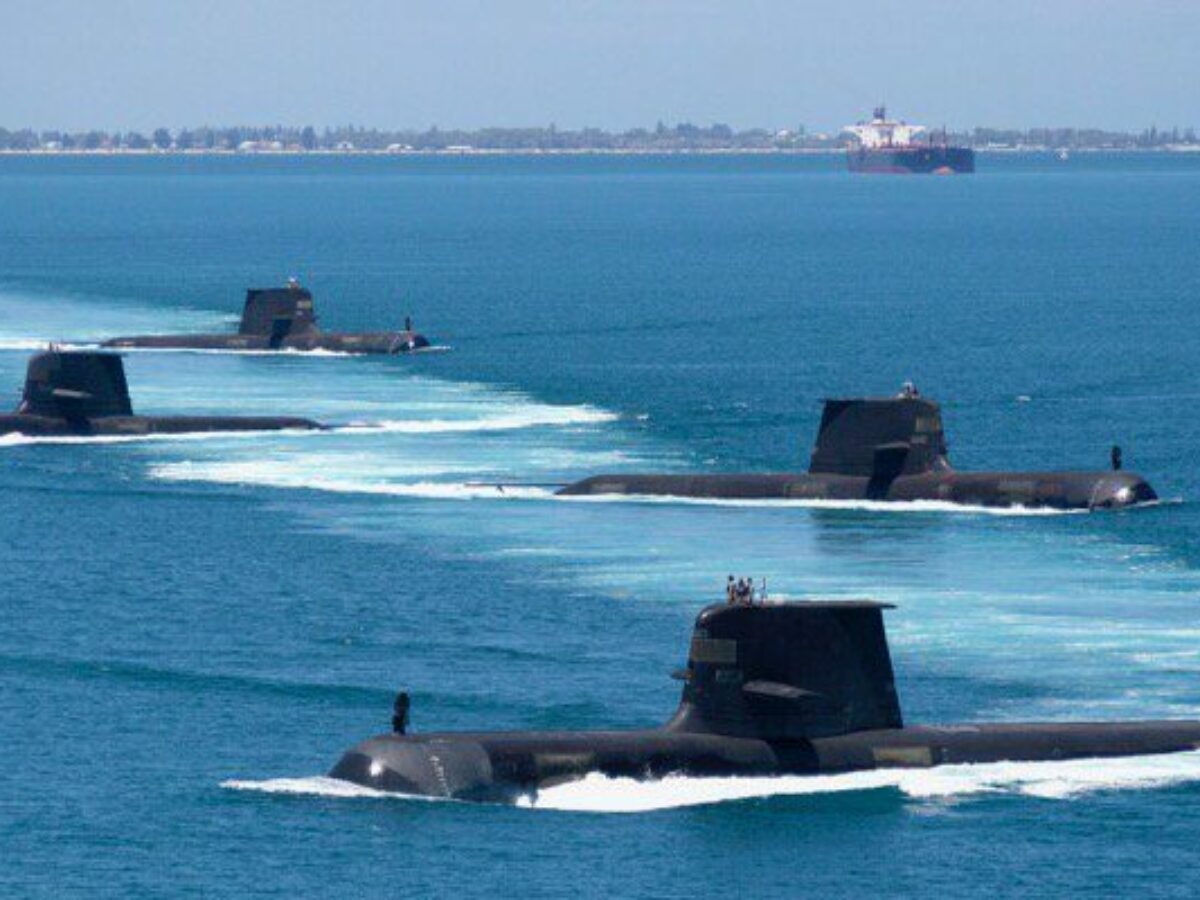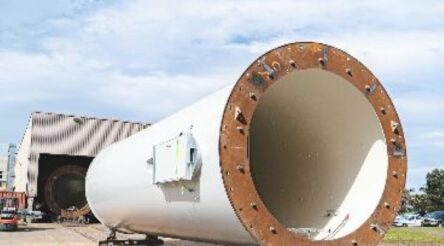Let’s build submarine drones and an evolved Collins class

Comment by Peter Roberts
The news that the federal government is moving to vastly enlarge the size of the Osborne naval shipyard in Adelaide should refocus attention on the immense scale of efforts to build nuclear submarines in Australia perhaps costing as much as $171 billion over their lifetime.
It should also focus attention on whether the government is sufficiently examining alternatives to nuclear submarines given the rapidly changing naval technology landscape.
Russia’s invasion of Ukraine has shown that swarms of small, cheap drone craft can immobilise even the largest land fleet of conventional armoured vehicles and tanks.
Similarly at sea, the question is whether smaller and far cheaper and thus expandable autonomous drones might be the future of underwater warfare rather than a small number of large and expensive platforms.
Australia and Boeing have shown how rapidly it is possible for a nation of our capabilities to develop a highly effective autonomous jet aircraft – the Loyal Wingman recently re-christened the MQ-28A Ghost Bat.
Just as we could easily produce a larger version capable of carrying offensive missiles, we could leverage our experience with autonomous mining equipment and undersea inspection drones for the oil and gas sector to develop autonomous submarines.
Boeing has already made 15.5m-long submersible – the Echo Voyager prototype UUV which is designed for tasks such as mine countermeasures, anti-submarine warfare and surveillance.
Another option which I have suggested before is to eschew nuclear submarines and build a ‘son of Collins‘ evolved from today’s Collins class boats which, after early problems, have proven to be a very effective submarine.
This option has been dismissed out of hand by many, but it would surely be the least cost, least risky and most industrially attractive option for Australia.
A son of Collins has received a boost with the publication of an article by Peter Briggs, a retired submarine specialist and a past president of the Submarine Institute of Australia in the journal of the Australian Strategic Policy Institute.
Briggs, who supports Australia’s transition to nuclear-propelled attack submarines, or SSNs, argues we should avoid the cost of again upgrading the existing, ageing Collins class.
Briggs said: “Despite the political cost of admitting the current approach is flawed, the government should avoid wasting further time and initiate preparations to build an updated Collins-class submarine in Adelaide.
“This programme would have the additional benefits of re-establishing a submarine-building capability in Australia prior to building SSNs, exploiting the preparations that were being made for the now-cancelled Attack class and avoiding a Defence and industry workforce ‘valley of death’.”
His argument is based on the massive skilled manpower needs required to build, regulate and man a nuclear submarine force – we need to triple the size of the current submarine arm to 2,160 personnel.
We we need to find and train 500 additional civilian regulators in the Australian Nuclear Science and Technology Organisation and the Australian Radiation Protection and Nuclear Safety Agency.
Then there is also an industrial workforce numbering in the thousands.
What this all says is that a single-minded, 18 month inquiry into whether we should buy British of American-designed N-submarines is not adequate to analyse a myriad of issues that face Australia in this momentous decision.
Doing the question justice is going to take time, and that suggests a son of Collins is a must.
Picture: navy.gov.au
Subscribe to our free @AuManufacturing newsletter here.
@aumanufacturing Sections
Analysis and Commentary Awards Defence Manufacturing News Podcast Technology Videos










